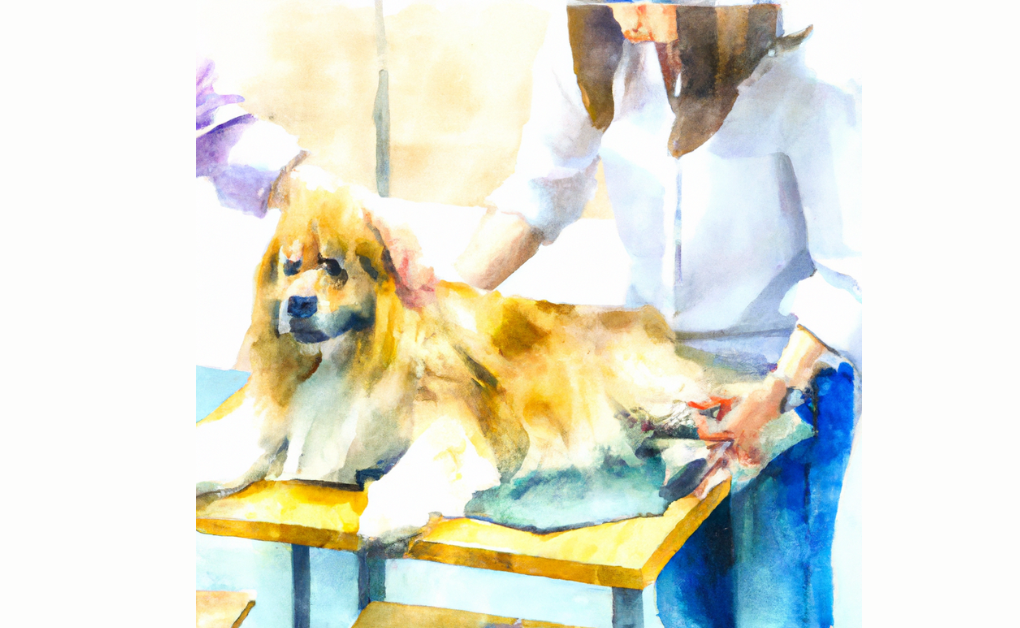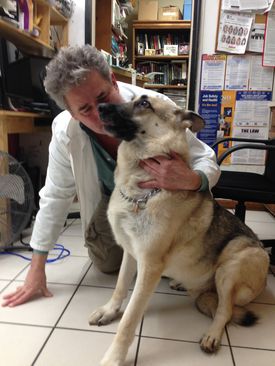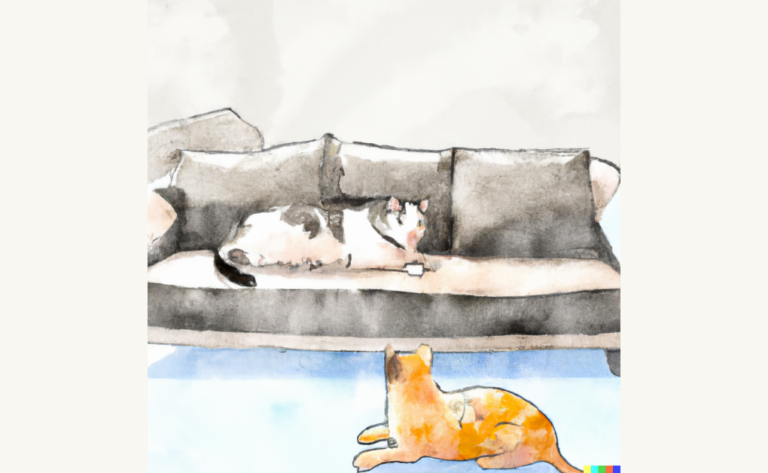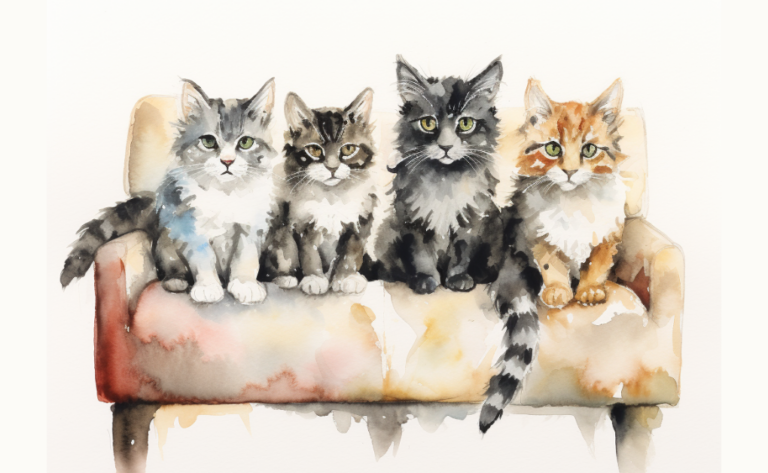Euthanasia in Pets
Introduction
Euthanasia, in the context of pets, is the act of medically ending their life peacefully and painlessly. It’s sometimes referred to as “putting your pet to sleep” and happens typically when a veterinarian, taking into consideration the pet’s physical condition and quality of life, decides that it can no longer be managed with medical intervention or simply that it is the kindest thing to do in the particular situation.
Although euthanasia isn’t easy, it often offers an optimal quality of life for a beloved pet suffering from illness, disability, or age-related complications. In addition, many people find comfort in knowing they are doing the best thing for their companion animal rather than letting them suffer needlessly.
With euthanasia, animals can pass peacefully without enduring prolonged discomfort or depression due to their condition. This act embodies true love between an animal companion and a human family member.
Types of Euthanasia
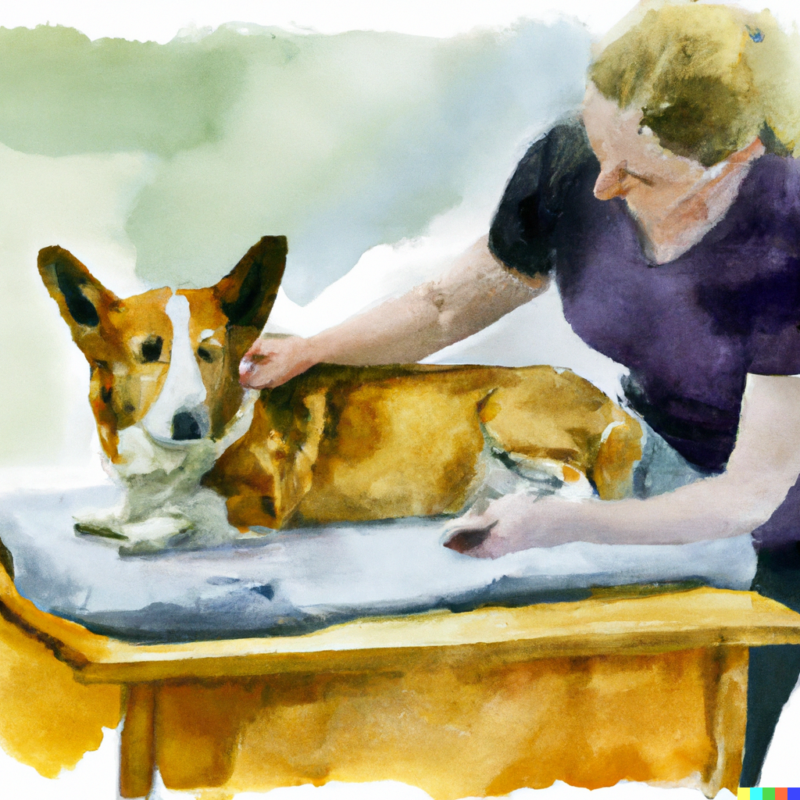
Before deciding to put your pet down, you should research all available options thoroughly to make an informed and ethical choice. In addition, it may be beneficial to consult with veterinarians and other professionals about their recommendations for medical treatment and quality-of-life assessments. Ultimately, having a thorough understanding of what euthanasia entails will help everyone involved come to terms with their decision.
The euthanasia process involves administering a pentobarbital drug, either by injection directly into their veins or mask inhalation. The drug rapidly causes unconsciousness and stops the movement of any body parts. The pet will soon pass away gently due to cardiac arrest. Although it can seem like an emotional decision for pet owners, euthanasia can sometimes be seen as a humane approach to treating suffering animals who otherwise might endure long-term pain or distress. Unfortunately, it causes emotional heartache and loss that can last for weeks or even months after the event.
Reasons Why Pet Parents Euthananize Their Pet
The most common reason for euthanasia in pets is to end painful medical conditions or to protect them from harm. However, if not done correctly, pets can suffer needlessly, which means they may face an undignified death — or experience unnecessary pain even after being put down.
Also, One of the most common reasons why owners euthanize their pets is due to sickness or old age. As animals age, they can be prone to illnesses and diseases that can diminish their quality of life, such as cancer or arthritis. In these cases, if pet owners cannot provide treatment or if the pet experiences suffering and pain that cannot be alleviated with medication or other therapies, euthanasia may be the best option for many pet owners.
Additionally, financial constraints often play a role in why an owner might opt for euthanasia for a beloved pet. For example, if an animal is severely ill and requires costly veterinary technician care — including long-term hospitalization and treatment — it could become too expensive for owners to keep their pets alive. Rather than committing a pet (and themselves) to months of uncertain health issues and costs that sometimes stretch beyond understanding and accepted cost limits, many owners reluctantly choose euthanasia over suffering and hefty bills.
It’s essential to research the legalities surrounding euthanasia in pets in your country, state/province, and even city/town. For example, what types of drugs are allowed? Where can you take your pet for euthanasia? Is there any way you can help your pet pass away peacefully at home with the support of family members? Knowing the answers to these questions can help you make an informed decision about what is best for your pet.
At What Point is Euthanasia Necessary for Pets?
Knowing when it’s time to consider euthanasia for a pet is a complex and heartbreaking decision. Some treatment options can help extend the quality of a pet’s life and give them more time with their loved ones, but unfortunately, some pet illnesses or ailments are untreatable.
It’s natural to want to do everything we can for our beloved pets. Still, sometimes euthanasia is the kindest way to relieve suffering when our pets become terminally ill or suffer from chronic pain. If a vet has suggested putting your pet down due to medical issues, it may be the best action for their health and well-being.
If your pet is struggling with a severe illness or injury that cannot be cured, then it may be time to consider whether they are suffering unnecessarily. It’s essential to look at factors such as how much pain they are in, if they have difficulty eating/moving around, and if they no longer seem interested in activities that used to make them happy. Each situation is different, so could you discuss all options with your vet before making any decisions? Of course, each
Some signs of an animal being in distress include difficulty breathing, loss of appetite, or lethargy – pay attention to changes in behavior and check in with your vet if you notice new symptoms suddenly or persist over time.
Ultimately, it’s up to you and your veterinarian as guardians of your beloved companion to determine what is best for them individually – this may mean considering any spiritual beliefs regarding when life becomes intolerable for our beloved ones too.
How Can We Make Euthanasia Procedure Easier?
Making the process of euthanasia easier for our pets is an important consideration. One way to do this is to look into in-home euthanasia services. This means that instead of taking a sick pet into the car and bringing them to the veterinarian’s office, they can stay in their familiar home setting surrounded by the comforts and smells they have known all their life. This can be a final gift we can give our beloved pets, allowing them to pass away peacefully in a place that brings them comfort.
The cost of at-home euthanasia varies widely among veterinarians and clinics, with some not charging for the euthanasia itself but only for cremation services. Therefore, it is essential to research options available in your area to make an informed decision about what is best for your pet and your budget.
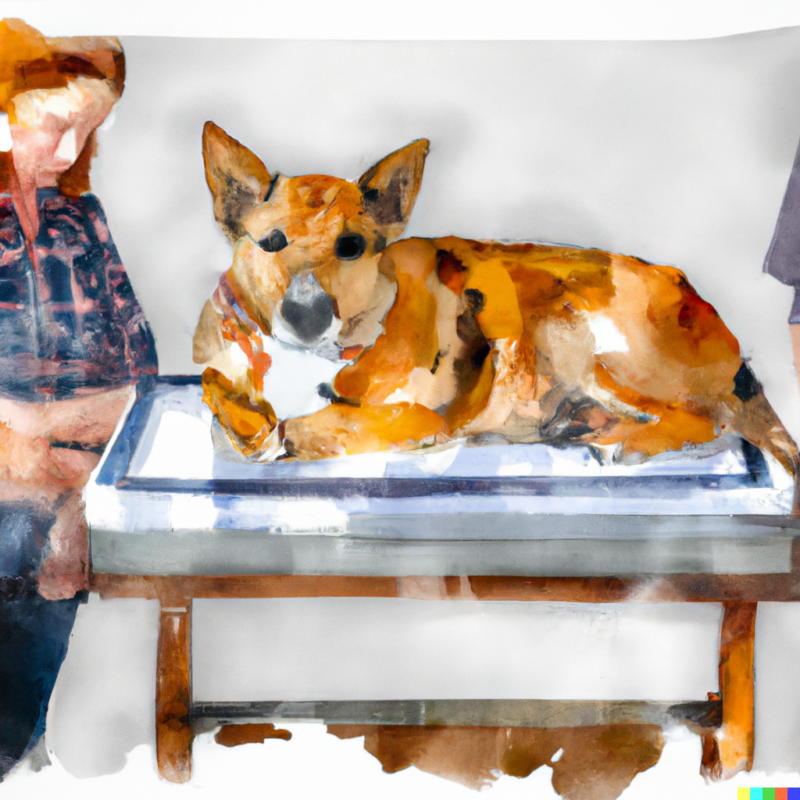
How Does Euthanasia of Animals Work and is it Painful?
The process of euthanasia is complicated for pet owners, but it can be made more accessible by understanding what happens during the procedure. Generally, the veterinarian will give your pet two shots, and the first sedative provides a gentle transition from consciousness to unconsciousness.
During this duration, the pet will progressively drift into a deep slumber before it completely loses consciousness. Then, when the family is ready, the veterinarian will administer the second injection, which causes an immediate loss of consciousness and death.
It is important to note that euthanasia does not hurt your pet in any way. The sedative ensures they are comfortable throughout the process and do not experience any pain or distress. It is also important to remember that euthanasia should only be used as a last resort when all other options have been exhausted, and there is no hope of recovery or improvement in the quality of life of your pet.
How to Say Goodbye?
Saying goodbye to your pet can be one of the most challenging aspects of euthanasia. Your pet has been with you through thick and thin, but you know they will have to go at some point. To help make the process easier, it’s essential to take a few steps before saying goodbye.
First, spend as much quality time with your pet as possible in their final days. They need your love more than ever, which will comfort them and yourself during this difficult time.
It would be best if you also talked about the decision with close family members and friends who might not understand why you’re choosing to put your pet down. This is important for everyone involved, so there is coherence surrounding the decision-making process. Also, speaking out loud may help solidify why this is a necessary action right now.
Finally, after saying goodbye, find ways to honor the memory that remains forever cherished in our hearts, like wearing their paw prints on jewelry or having an artwork commissioned featuring a photograph of them – These are just small tokens that we can keep close by reminding us constantly how much joy they brought into our lives.
Coping with Pet Loss
Losing a pet is one of the most challenging things a pet owner will ever have to go through. Unfortunately, sometimes euthanasia is necessary to spare your pet from continuing pain and suffering. To cope with this loss, owners must remind themselves that putting their pet’s needs before theirs signifies a faithful companion.
Acceptance and understanding are essential when dealing with the painful emotions of euthanizing a pet. It’s okay to express sadness and grief, but it’s also important to remember that this decision was made out of love and kindness.
It can also be helpful to create memories of your pet during happier times. Photos, videos, and other mementos can help bring back fond memories from years past. Sharing stories about your pet with friends and family can also help you process these feelings.
Talking about the experience with professionals or joining an online support group can be beneficial too. So many people find comfort in connecting with others who have gone through similar experiences, and talking about feelings openly and honestly, helps us heal more quickly.
Creating space for yourself to experience all kinds of emotions during such a complex process/time is essential for long-term healing and short-term relief from feeling overwhelmed by intense feelings.
Frequently Asked Questions
Disclaimer: The information provided on this veterinary website is intended for general educational purposes only and should not be considered as a substitute for professional veterinary advice, diagnosis, or treatment. Always consult a licensed veterinarian for any concerns or questions regarding the health and well-being of your pet. This website does not claim to cover every possible situation or provide exhaustive knowledge on the subjects presented. The owners and contributors of this website are not responsible for any harm or loss that may result from the use or misuse of the information provided herein.

